Pluto’s Unique Moons!
Pluto’s moons, Nix and Hydra, are the first with irregular rotations, and hence unpredictable sunsets and sunrises.
“Movin’ right along.
You take it, you know best.
Hey, I’ve never seen the Sun come up in the West?” –The Muppet Movie
Few things in this world are as reliable as the sunrises and sunsets. In fact, pretty much all words see such phenomena reliably. As a planet orbits the Sun, it both rotates on its axis and revolves around the Solar System’s most massive component, with the Sun at one focus of an ellipse. As the planet rotates, the transition from “night-to-day” results in what appears as a sunrise, while the transition from “day-to-night” causes the sunset. With the application of a little science, you can know exactly when and where the next sunrise/sunset will occur.
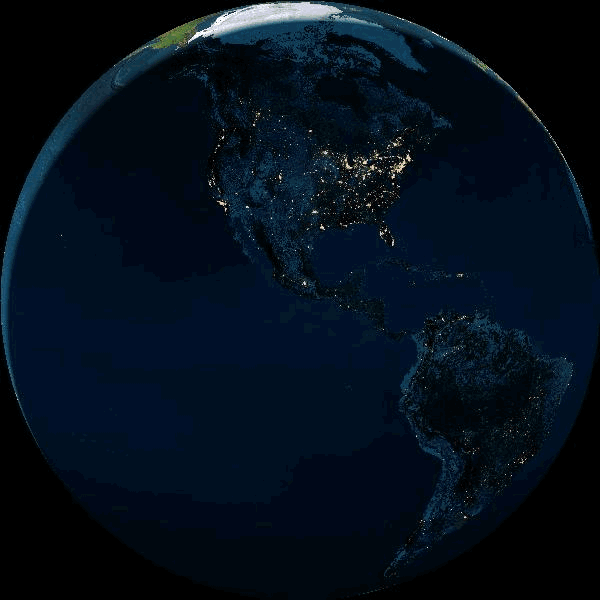
Moons share almost an identical story. They, too, rotate on their axis. Only, instead of orbiting freely about the Sun, they orbit about their parent planet, which in turn orbits around the Sun. In most cases, the moon in question is much less massive than the planet its orbiting, and the planet in turn is much less massive than the Sun. While you might envision a sort of “looping” orbit, what you actually find is something very smooth: option D, for example, below, is how our Moon actually orbits the Sun.

Combine that with the Moon’s rotation — it rotates with a period of 27.3 days, the same as its orbital period around Earth — and you’ll find that it sees a sunrise and a sunset at exactly that frequency. As it rotates counterclockwise (looking down from the north pole), it sees the Sun rise in the east and set in the west, just as the Earth does.

All the moons we know of do exactly this:
- they have a fixed rotational period, as most of them are even tidally locked around their parent planet,
- they have a stable orbital trajectory, as they orbit the center-of-mass of their planetary companion, and
- they all move in concert with their planetary system around the Sun.
For all the moons we’ve measured so far, that’s resulted in a stable sunrise-and-sunset pattern, very similar to what we see on Earth. But there’s something about Pluto — whether you call it a planet or not — that’s different from all the other planets in our Solar System.
You see, when we look at the planets and moons among the eight “official” planets, we find that all of them have virtually all of their mass in the planet, with all of their moons combined making up only a tiny fraction of the total mass of the system. In fact, the Earth-Moon system is the closest to being balanced, and our Moon is only 1.2% the mass of Earth!
But for the Pluto system, it has a giant moon, Charon, that’s actually more than 10% the mass of Pluto. So rather than being attracted (and locked) to a single mass, the moons exterior to the Pluto-Charon system have two distinct, well-separated masses to deal with.
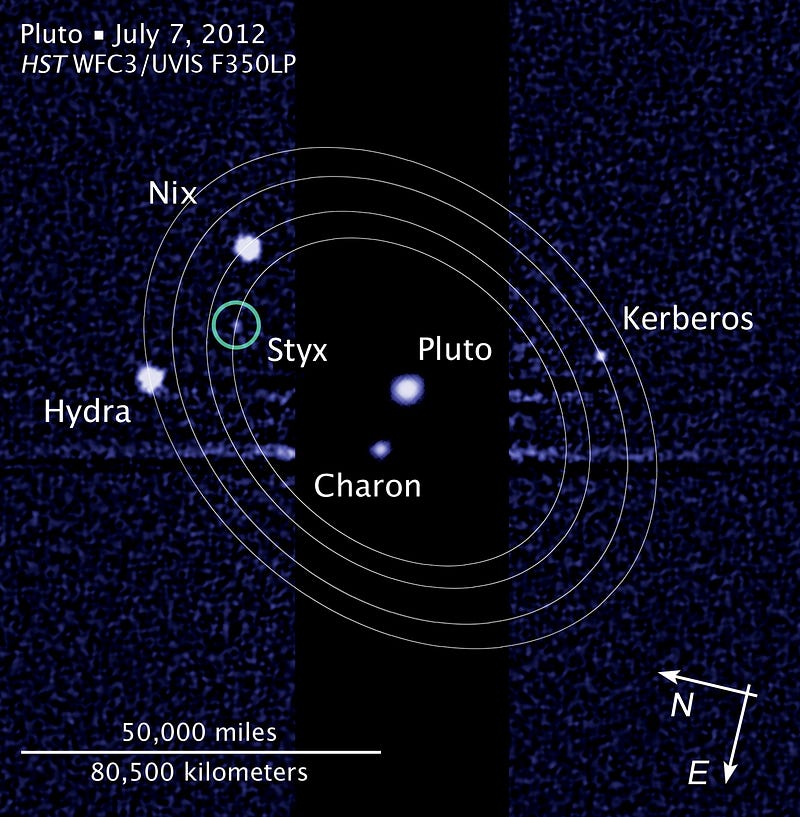
New Horizons has been approaching Pluto, now, for some time, and will make its closest approach next month, after years of voyaging towards the outer Solar System. Right now, we know of five moons of Pluto:
- Charon, the largest moon discovered back in the late 1970s,
- Nix and Hydra, two relatively large bodies that are much smaller than Pluto and Charon, but still more than 50 km in diameter, and
- Styx and Kerberos, two much smaller moons that were only discovered a few years ago.
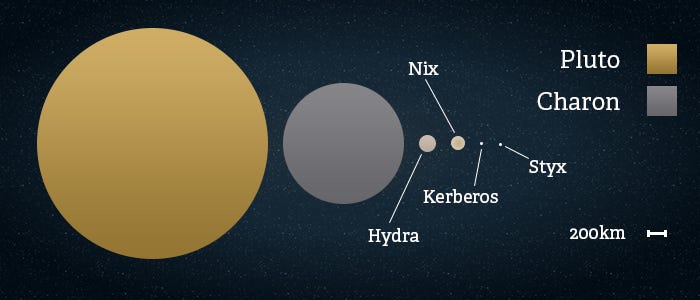
There may yet be more, and New Horizons will have the opportunity to discover them over the next two months as it comes even closer to this unusual planetary system. But this system — due to the unusual gravitational pull of Pluto and Charon on the outer moons — is even more peculiar than we’d realized!
Nix and Hydra, the two largest outer moons, are now close enough to New Horizons that the spacecraft can track how these bodies move in orbit, and the result is something we’ve never, ever seen before.
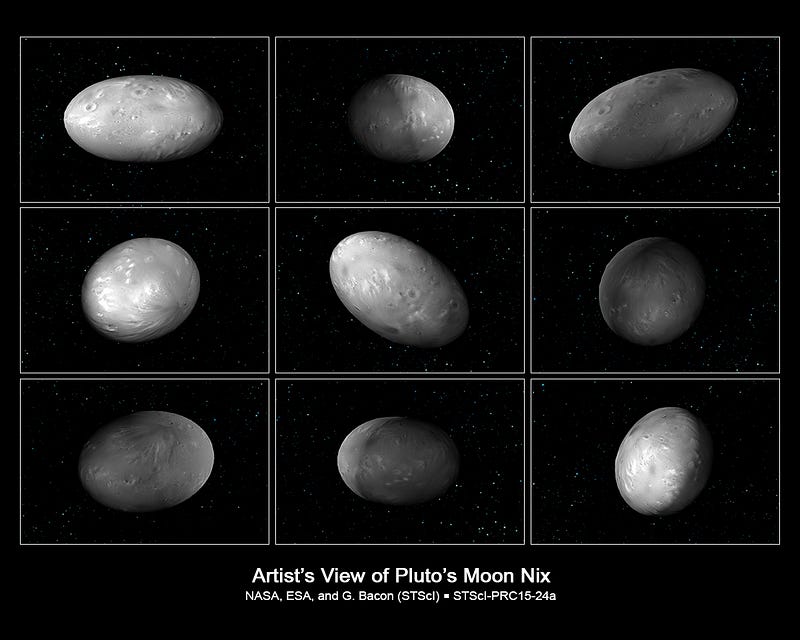
Rather than rotating about a single axis, Pluto’s moons Nix and Hydra tumble chaotically as they move around the Pluto-Charon system. Sure, the revolution of their orbits isn’t all that chaotic — they’re in stable, resonating orbits with one another — but the rotational part is! If you were on a fixed point on the surface of Nix, you’d see the Sun rise in the east on one day, then at an ever-changing angle over the next few days, and eventually it would rise in the west, cycling through in chaotic fashion.
Hydra tells a similar story, and although the spacecraft isn’t close enough to measure the rotational properties of Styx and Kerberos, they very likely rotate chaotically as well.
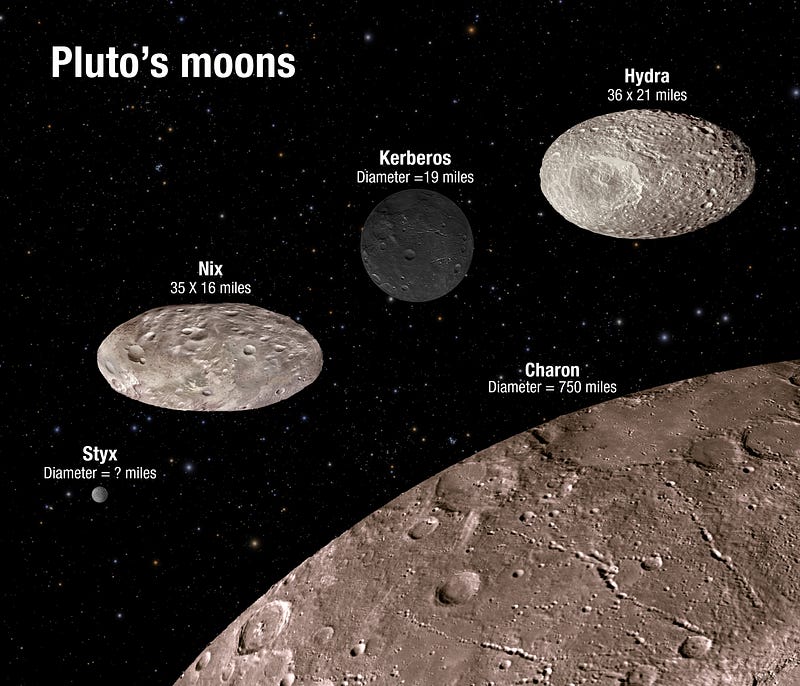
Nix and Hydra are both extremely elongated in shape, which contributes to this tumbling effect thanks to two independent gravitational sources. Kerberos, quite interestingly, is much darker than the other moons, which raises a slew of mysteries in its own right.
This is the very first time we’ve managed to study the orbits around a gravitational system where there are two significant masses at play, and our discovery — that the rotational orbits become chaotic — may have significant (and fun) implications for planets around binary star systems!

With two significant masses at the center, the torques induces on the planets may keep the rotational part of their motion inherently unstable, leading to a world where the directions of sunrise and sunset may be chaotic and unpredictable, just as Pluto’s moons are.
In fact, given how the Solar System formed…
And given what’s out there at the far reaches, it’s conceivable that what we’re seeing for Pluto’s moons may be in fact a common occurrence in the Universe. The fact that everything is so single-mass-dominated in our Solar System may be far less “typical” than we think right now. And interestingly enough, New Horizons may yet encounter more worlds that do something very similar on its voyage into the Kuiper belt.

There’s more information available from the official NASA press release, but the big takeaway here is that a world like that on Game of Thrones, where no one knows how long winters will last or when they’ll come, may yet be possible in this chaotic, varied Universe of ours.
Leave your comments at our forum, and support Starts With A Bang on Patreon!





